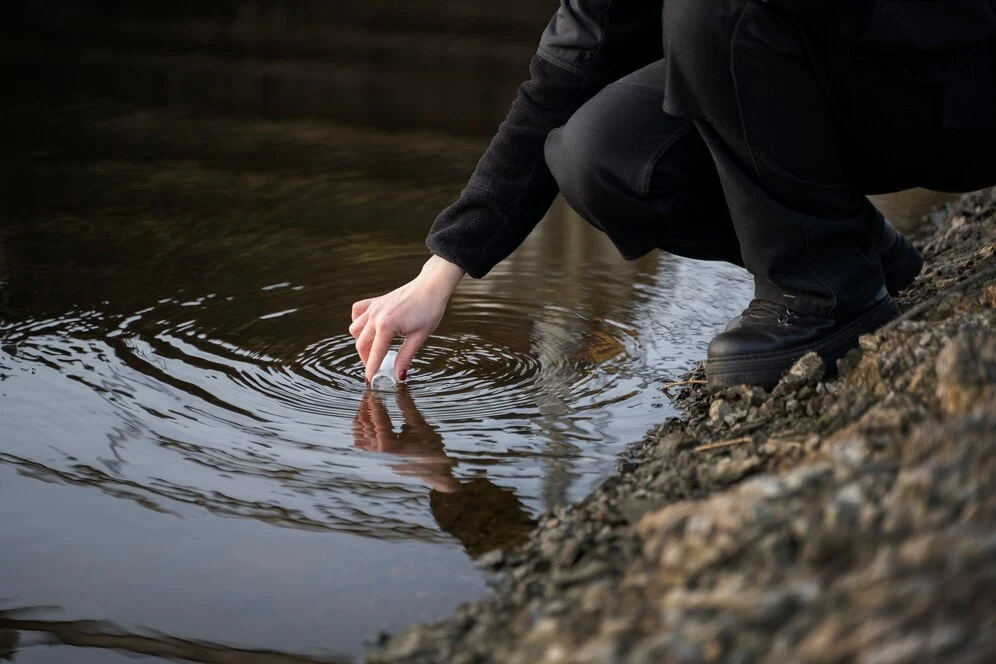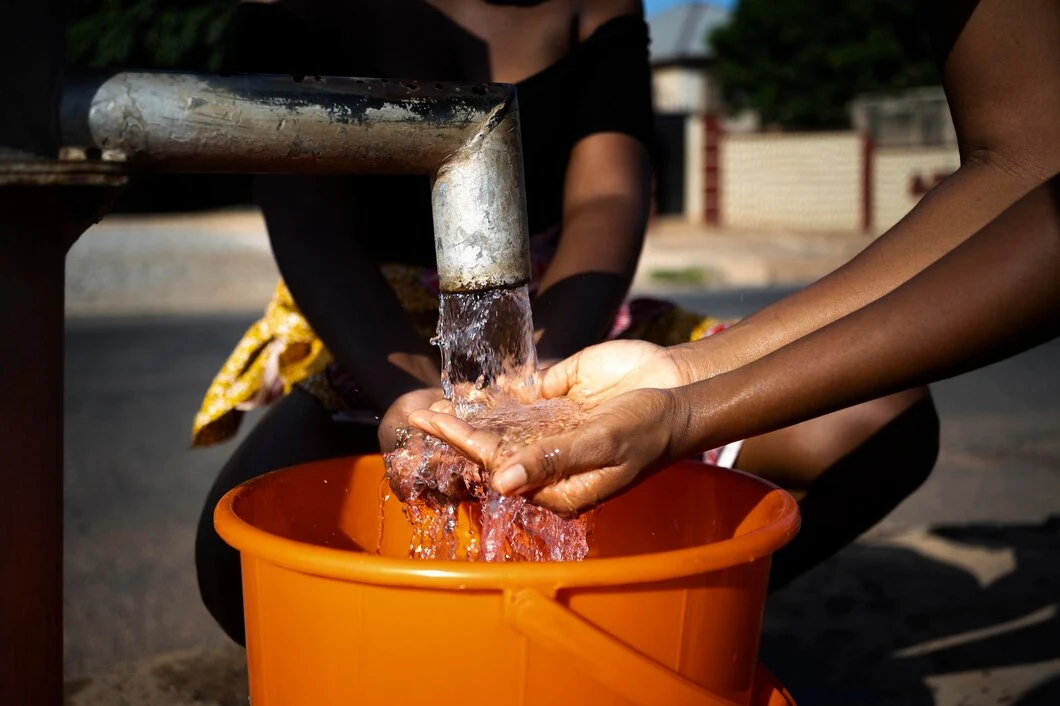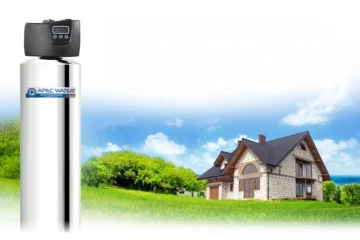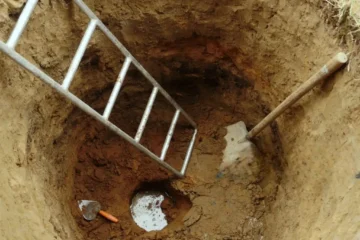If you are one of the lucky ones who have a brand-new well drilled, you might be wondering: How long should I run the water before it is safe to use? It is an important question, and getting it right ensures you are using clean and safe water for your daily needs.
In this article, we will discuss the answer to your question and we explore some common problems caused by drilling a new well.
How Long To Run Your Well After Replacing?
The answer depends on a few factors such as the depth of your well, the type of drilling process used, and the local geological conditions. However, a common recommendation is to run water for at least 24 to 48 hours after the well is drilled.
This prolonged flushing helps clear out any unwanted particles or contaminants that may have settled in the system.
Why is Running Your Well Important?
When a new well is drilled, it’s like opening a fresh pathway to underground water sources. But before you start using that water for drinking, cooking, or bathing, it’s crucial to flush out any impurities that may have entered during the drilling process.
These impurities could include sediment, debris, or even bacteria that might have found their way into the well.
How Long Does Water Stay Brown After Installing a New Well Pump?
If your well water looks brown, it’s probably because of iron buildup. This happens when water sits in iron pipes for a long time, causing the iron to mix with the water. Depending on how much iron is in your water, it can stain clothes, sinks, and the water itself.
To fix this, connect a hose to the faucet on the outside. If you’re not sure if there’s a smell of chlorine, let the water run through the hose outside until the smell goes away, and make sure the circuit breakers are turned on.
Usually, a new well starts working completely within one to two weeks after it’s installed. To stop sediment from getting into the water, pump out all the water in the well for 48 hours now and then after the system is turned on.
Also, keep the pressure gauge on the cold water tank below 20 psi to avoid pumping too much water.
When You Need To Replace Your Well?
Replacing a well pump usually takes about two hours, but it can vary depending on how complicated it is and how skilled the person doing the replacement is. Submersible pumps are used for drilling wells that are 75 feet deep or more.
They’re made with strong metals that are soldered together, so the mechanical parts are sealed and waterproof. Whether it’s a submersible pump or one that’s above-ground, replacing a well pump usually takes between 2 to 4 hours.

Replacing a submersible pump is hard work and takes a lot of time. It involves taking out the well pipe and taking the pump out, which is the hardest part. They’re also cheaper to buy and put in, so they’re a good choice for people on a budget who might even want to replace them themselves with their tools.
On the other hand, replacing submersible pumps costs more, often thousands of dollars. A well pump usually turns on and off between 10 and 300 times a day. If there’s a problem with the pump or the system, it can mess up your daily routine a lot.
There are a few signs that might mean you need to service or replace your well pump, and fixing plumbing issues quickly is important to get things back to normal.
Safety Instruction
1. Testing Your Well Water
After you have finished flushing out the water initially, it is smart to get it tested to make sure it is safe to drink. Your local health department or private labs can test it for different things like bacteria, nitrates, and other bad stuff.
Once you get the results and see that the water is safe, you can start using it without worrying.
2. Maintaining Water Quality
Even after the initial flushing and testing, it’s essential to maintain the quality of your well water. Regular maintenance, such as periodic testing, well inspections, and proper sealing of the wellhead, can help prevent contamination and ensure the water remains safe for you and your family.
Average Cost to Buy a New Well?
On average, replacing a water pump costs between $550 and $650. But the exact price can change based on things like the type of vehicle, how much the repair shop charges, and the specific pump that needs replacing.
Labor usually costs between $250 and $350 per hour, and parts can be anywhere from $200 to $350. You might also have to pay around $100 more for taxes and other fees.
Conclusion
Maintaining the cleanliness and safety of your well water is essential for your family’s health and peace of mind. By following proper flushing procedures, addressing any issues promptly, and conducting regular testing and maintenance, you can ensure that your well continues to provide clean and safe water for years to come. Investing time and effort into the care of your well is an investment in the well-being of your household, making it well worth the effort.
FAQs
How long should I run water after a new well installation?
It is advisable to run water from a new well for at least 30 minutes to flush out any sediment or debris that may have accumulated during installation.
What is the purpose of running water after a new well is installed?
Running water helps to clear out any impurities, sediment, or debris that may have entered the system during the drilling and installation process, ensuring clean and safe water.
Is there a specific procedure for running water after a new well installation?
Yes, the recommended procedure involves opening all faucets and running water continuously for a minimum of 30 minutes to flush out any contaminants and allow the system to stabilize.
Can running water after a new well installation affect water quality?
Running water after installation helps improve water quality by removing sediment and debris that may have entered the system, resulting in cleaner and clearer water.
How does running water after a new well installation impact the well pump?
Running water helps the well pump to circulate water through the system, preventing stagnation and ensuring proper functioning of the pump and other components.





